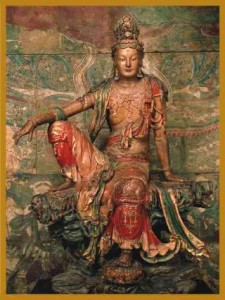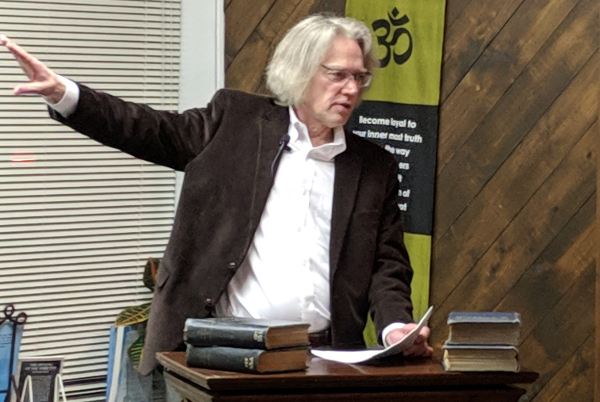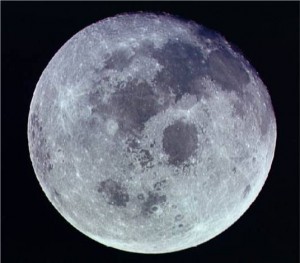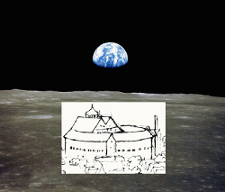
Kuan- yin, in “Water Moon” position, Shaanxi History Museum, Xi’an, China
Buddhism and Modernity
I find the “water moon” position of the Chinese Buddhist statues of Kuan-yin, right knee raised, with the right arm extending over the knee, one of the most beautiful and evocative in Buddhist art. That’s what the Chinese call this pose. I saw one statue of it at Shaanxi History Museum in X’ian, China, that is truly a national treasure, in carved stone, that’s very famous. Buddhism has what are called mudras, stylized hand positions and other poses, all carry various meanings symbolically. I use or refer to several in my epic poem, because for Buddhists they carry a great deal of meaning and suggestive emotion, and so on.
I finally finished my epic, and it’s available online as a hardcover and ebook formats. There’s a long section with Kabir that I hope speaks well to Sikhs, though he’s really a pre-Sikh poet. It’s his universal perspective that is important to me. I think much of that spirit is what the world needs today, globally, East and West. One of the qualities of modernity is the rigidity of its abstractions, whether East or West, codifying its disjunctions. They often stand in the way, barring a deeper understanding of modern experience than the knee-jerk nihilism of the academy, chanting its mantra of the “Enlightenment,” just as bigoted, isolated, extremely fragmented and convinced of the truth of its exclusivism as any Christian fundamentalist.
Whose Buddha? Whose West? East? Modern life is much more complex and fluid than the traditional categories and the attempts to “return,” “restore,” “recover,” and so forth, in each case, around the globe. The tiresome morality tale of the ascendant Enlightenment is just as flawed. Kabir, Rumi, others, speak to our time because they were early voices of the realization of Unity.
I’ve read the Tao te Ching many times throughout my life. To my mind, one who has spent his entire adult life reading in all the religious and literary traditions, East and West, and lived in Japan, traveling all over China, the “categories” are not as tight and neat as many argue… especially on the lived, human level. Given modern experience, I have often thought, What’s the difference between going back to Jesus, back to Lao-si, or back to Buddha? The idea of *exclusive* truth, East or West, is a misconception. I believe the realization of Unity, as in Rumi, Kabir, and others, human oneness, is a much more profound response to human experience, especially given all the upheavals and change that marked the 20th Century.
Ultimately, while it may, has, and will appeal to some, Buddhism is not compatible with Western civilization, which has usually always been a highly active and vigorously alive culture.
There’s a rare article on the realities of Buddhism in much of Asia, on the ground, as it is often lived, or not, in The New York Times. Of course, though, typical of The New York Times, one might say… yet this is the Buddhism I witnessed, at times, in Japan, thirty years ago, as later in China, and this experience runs throughout the modern literatures of Asia, as I suggest in my book The Grove of the Eumenides.
Frederick Glaysher






